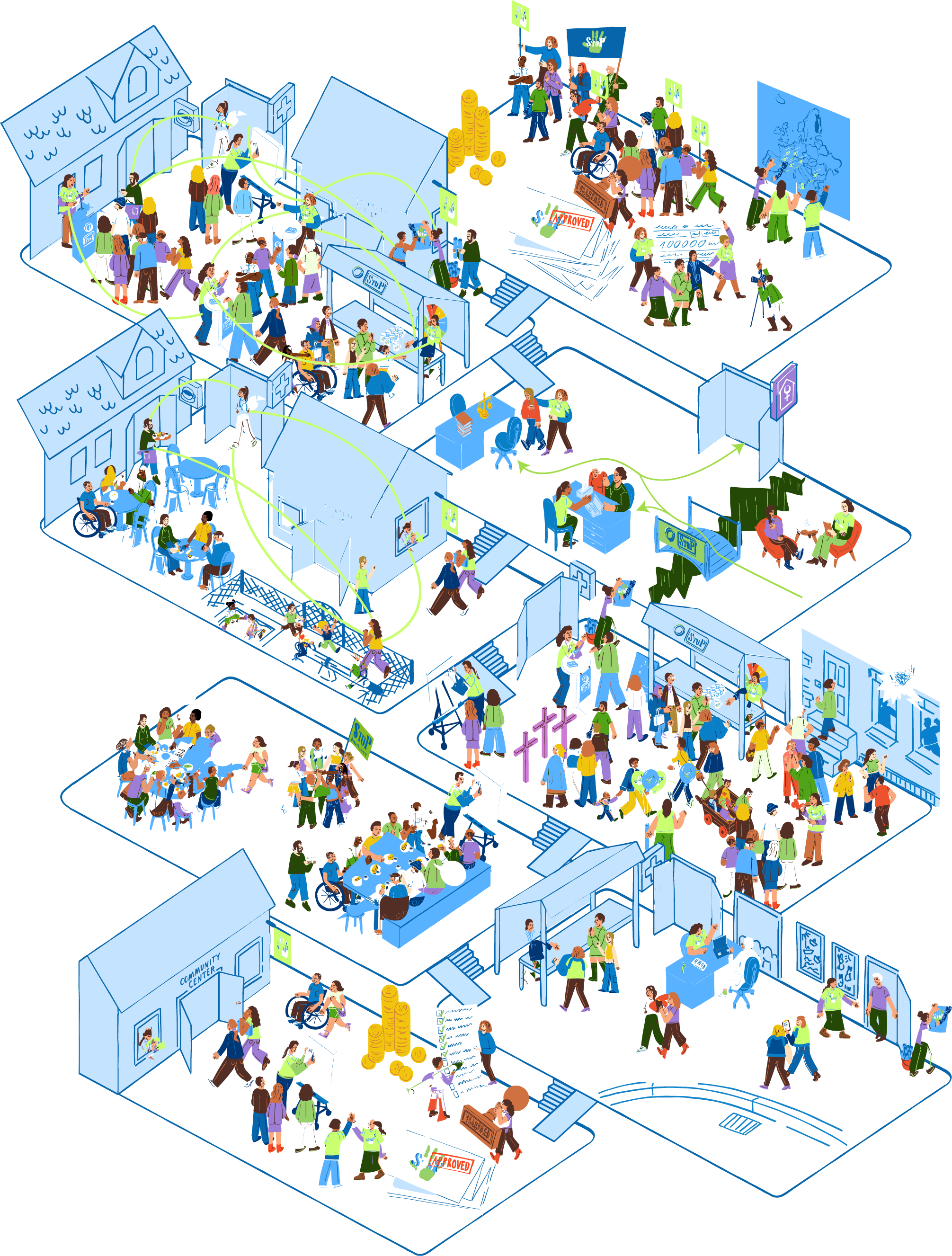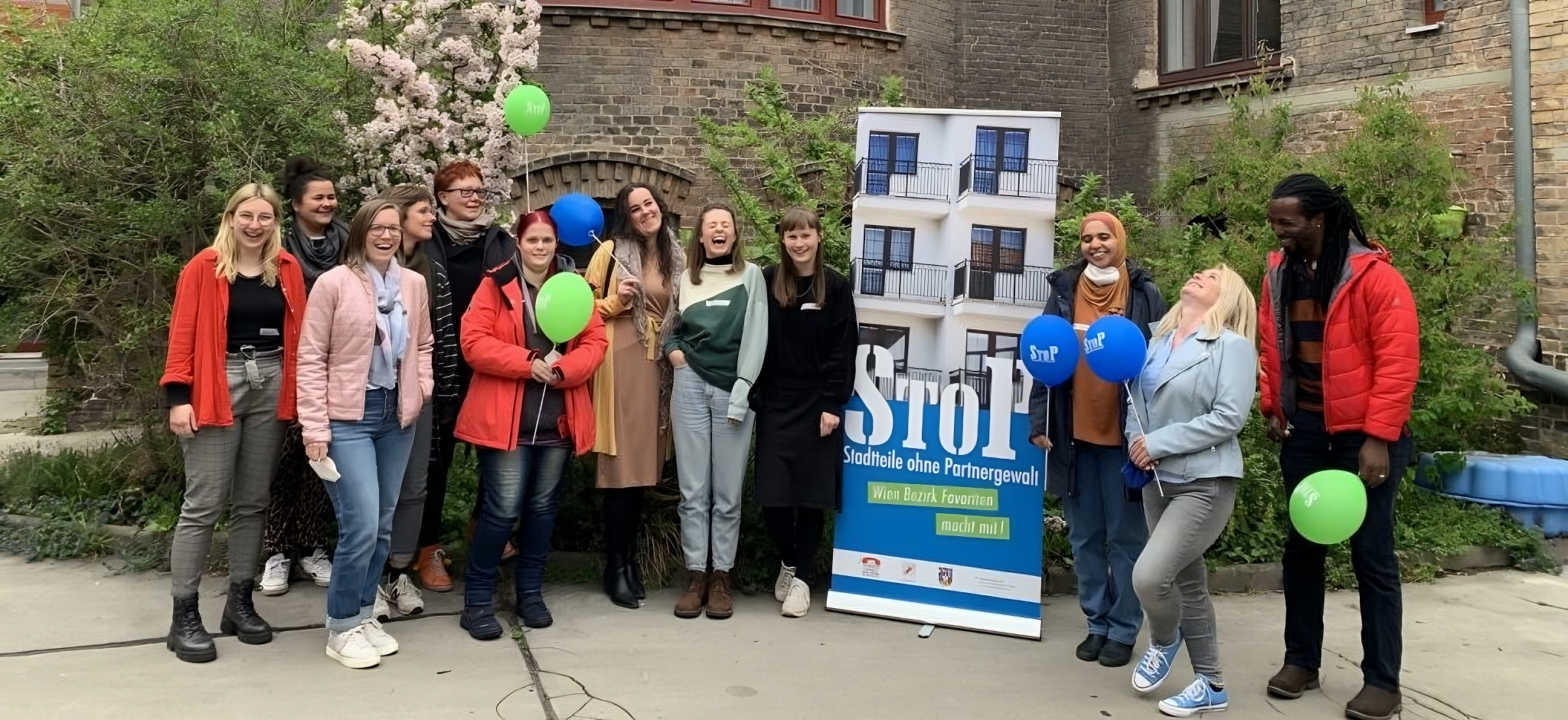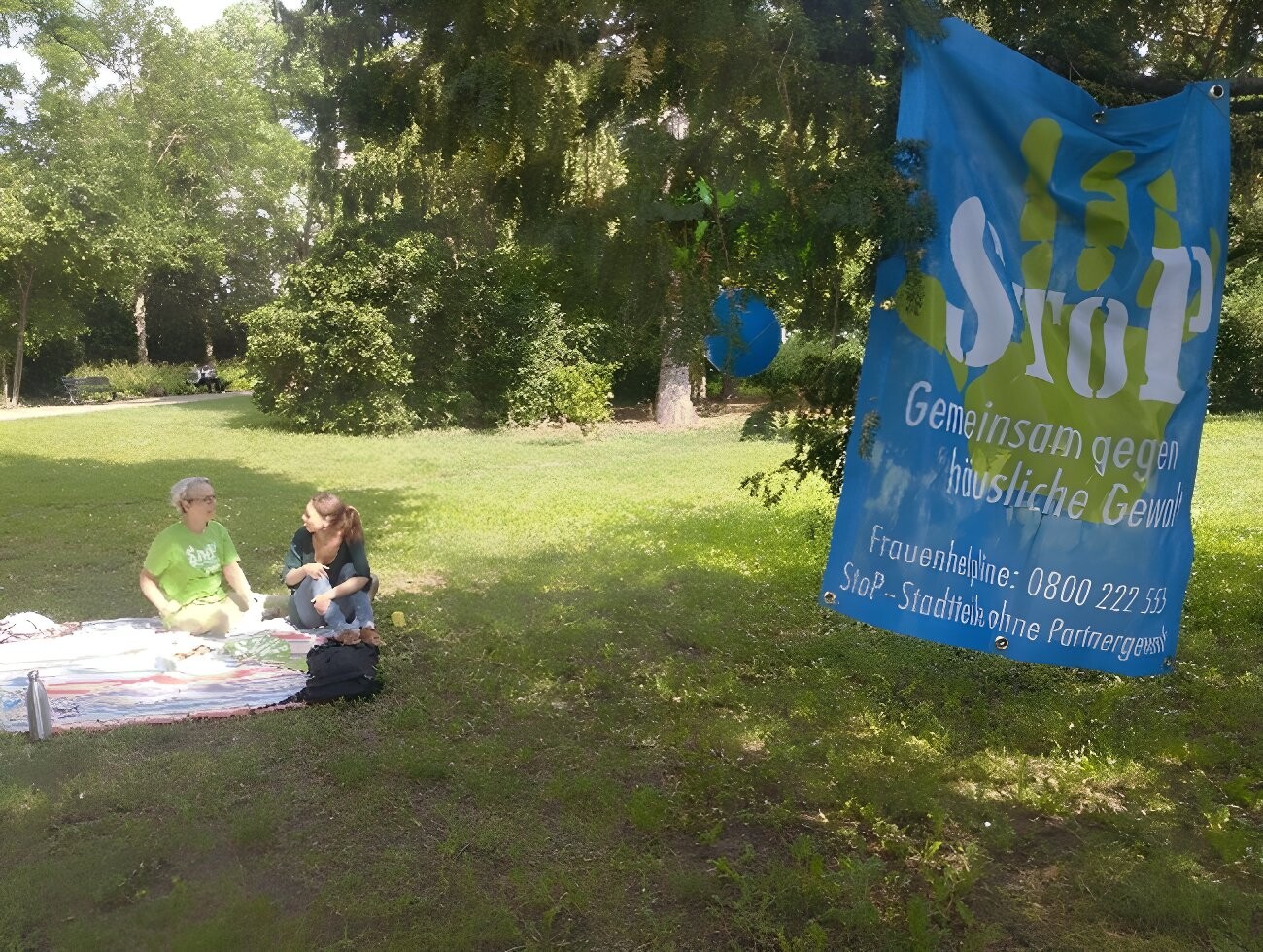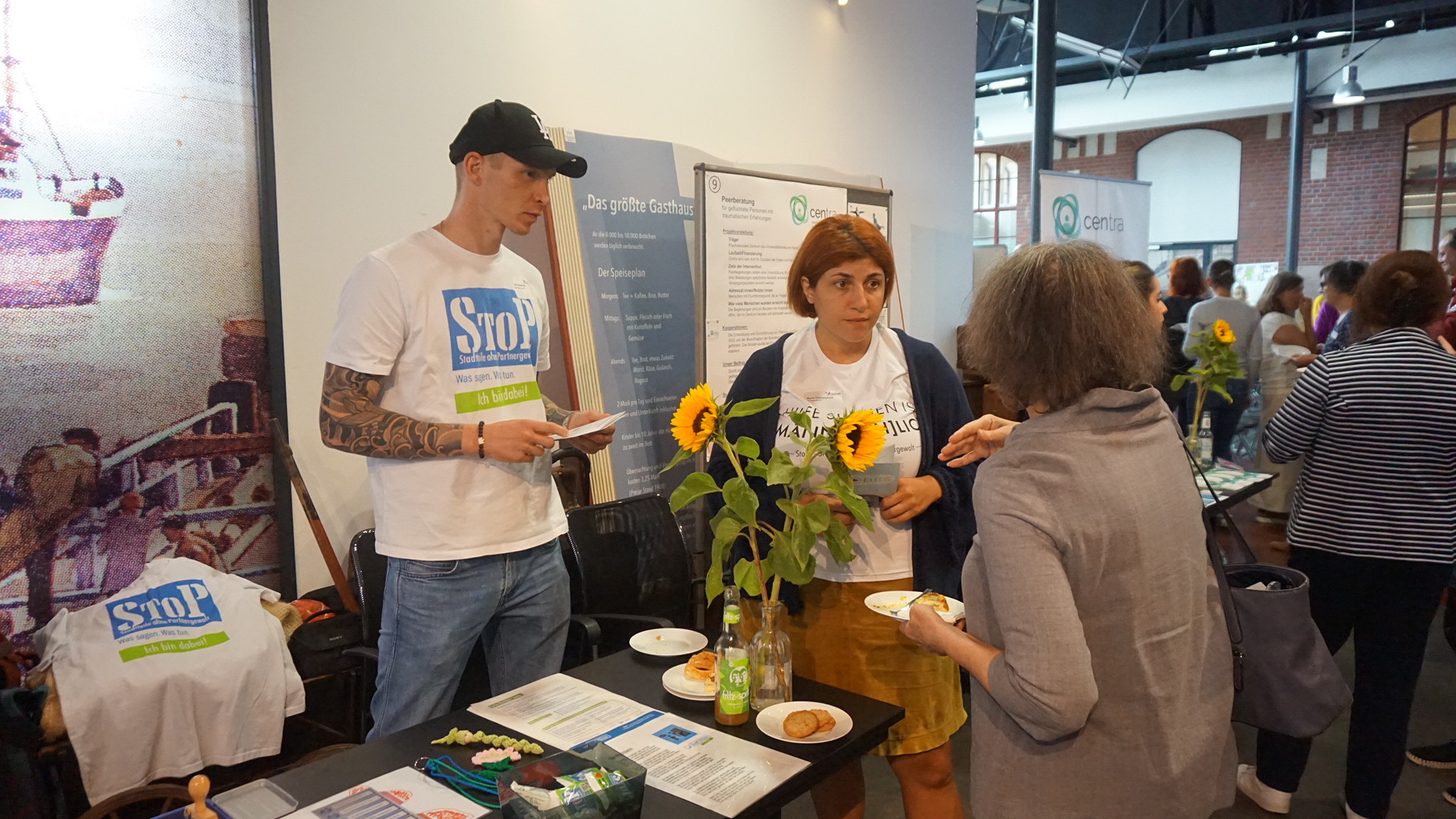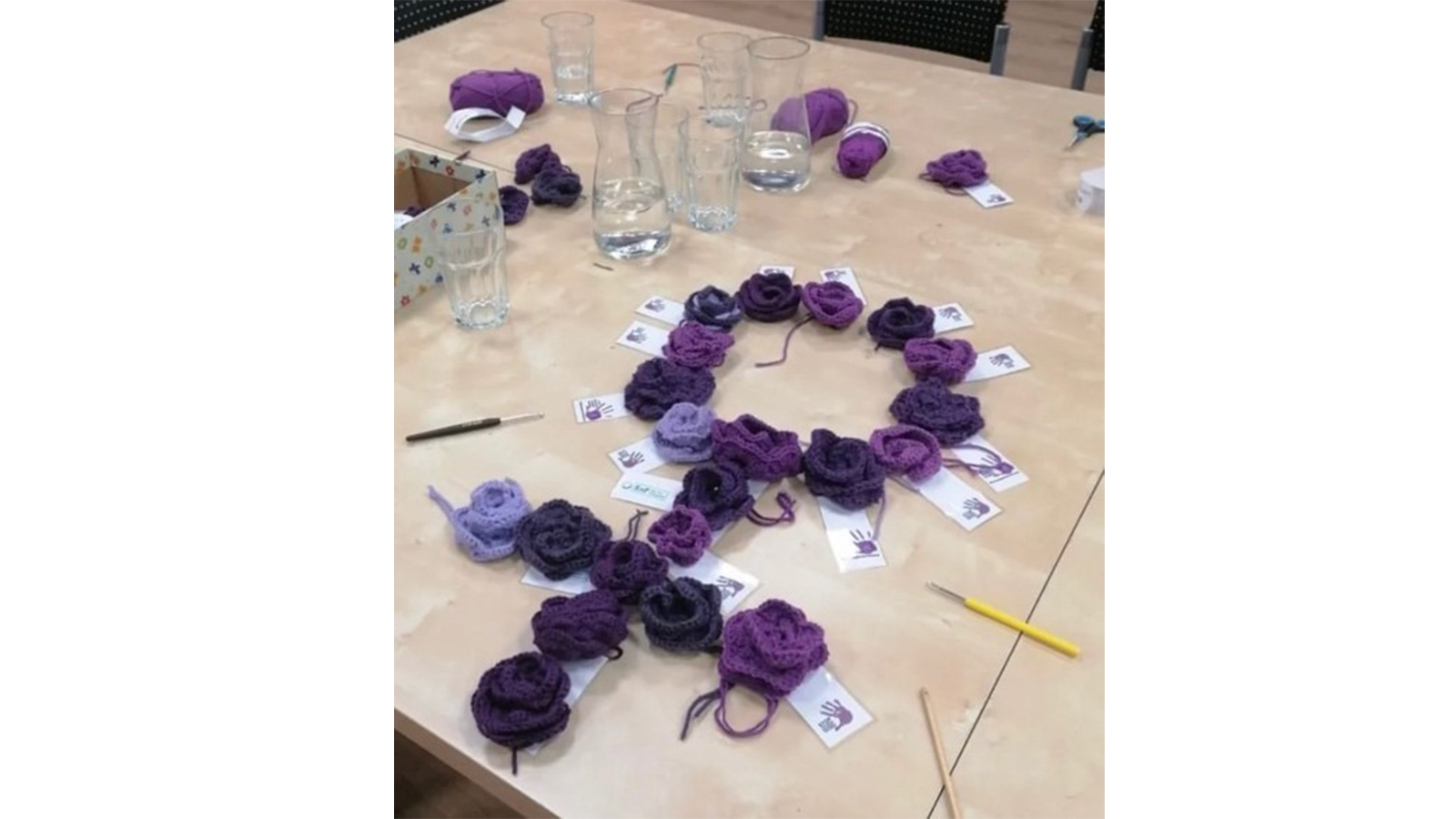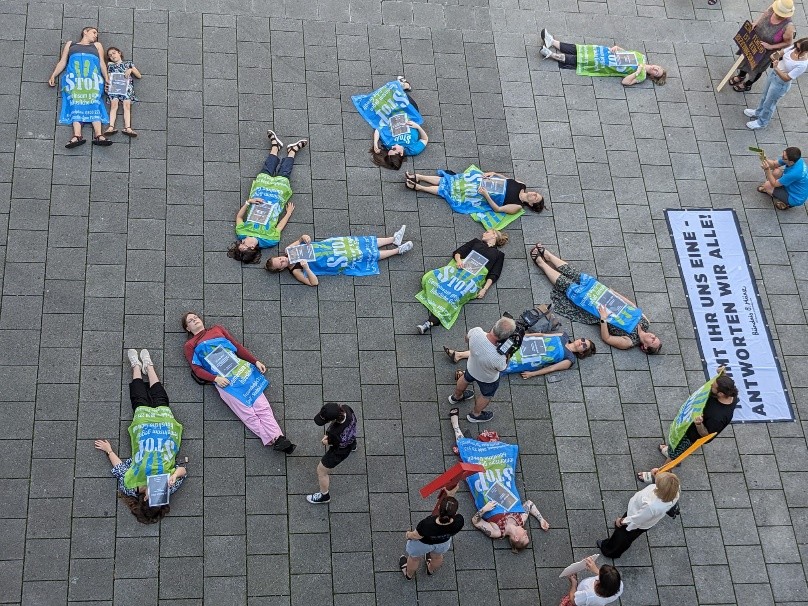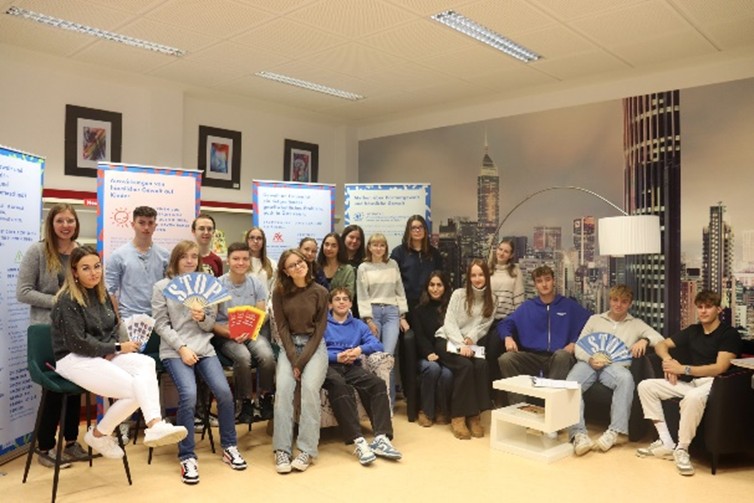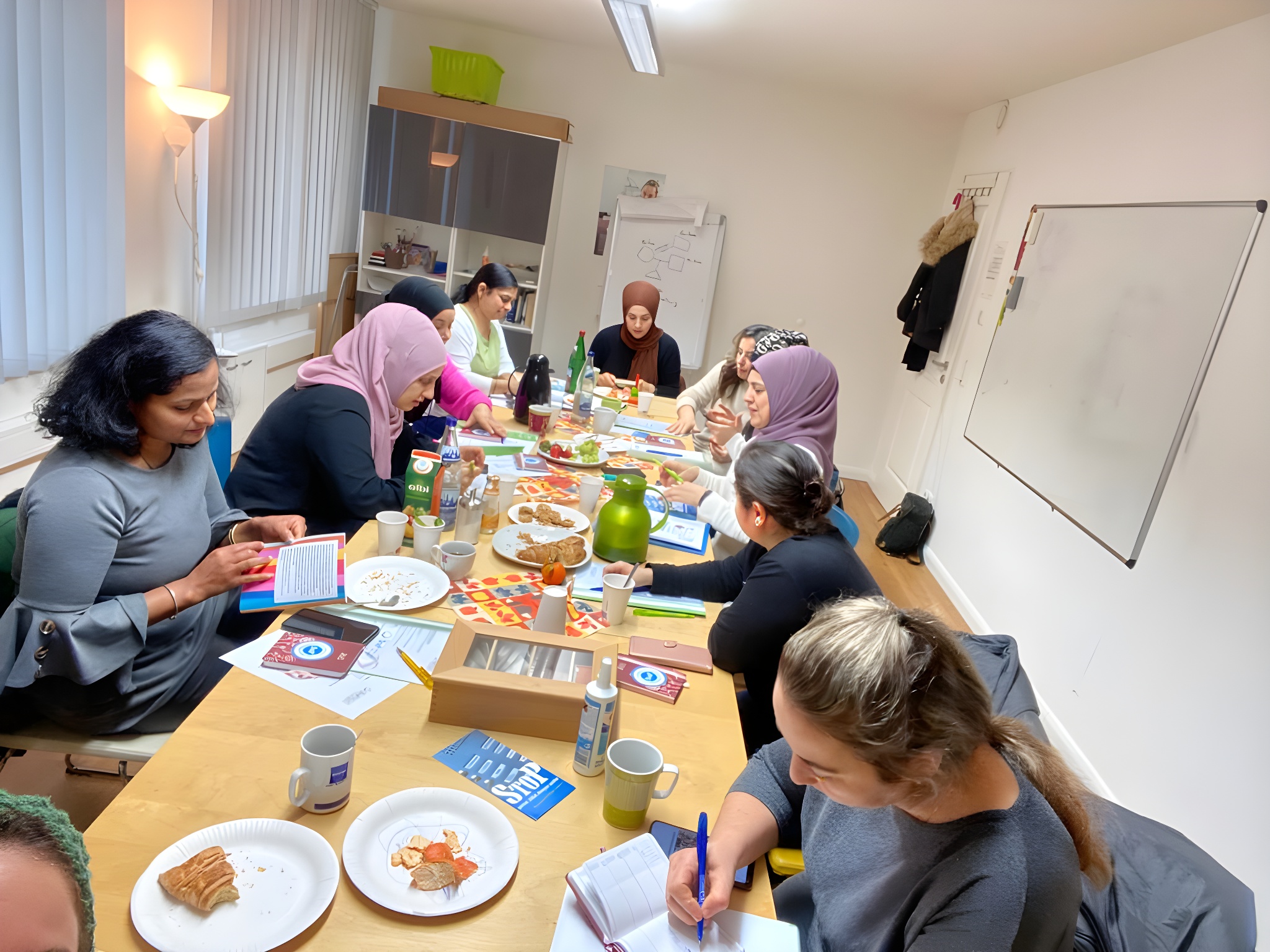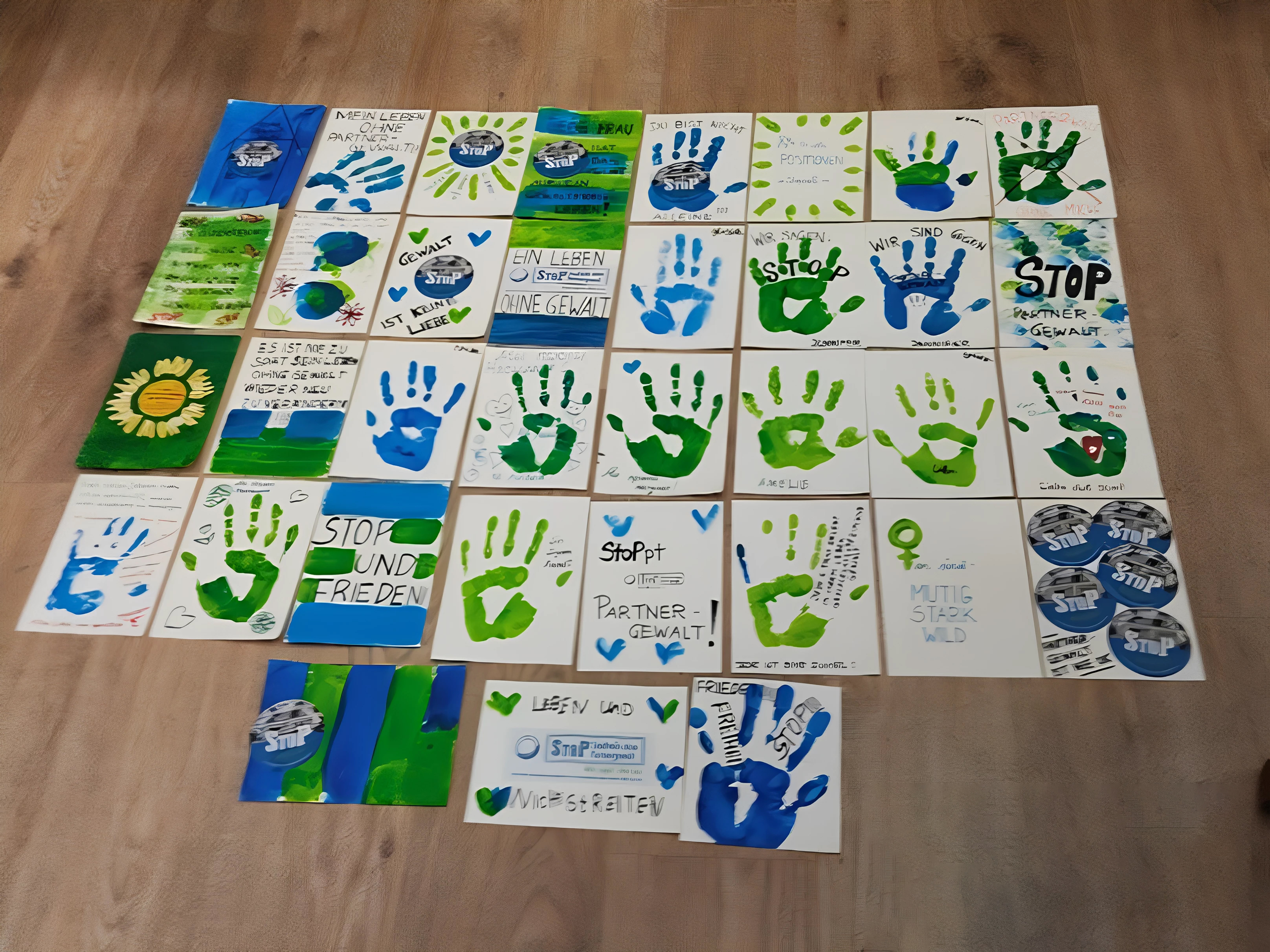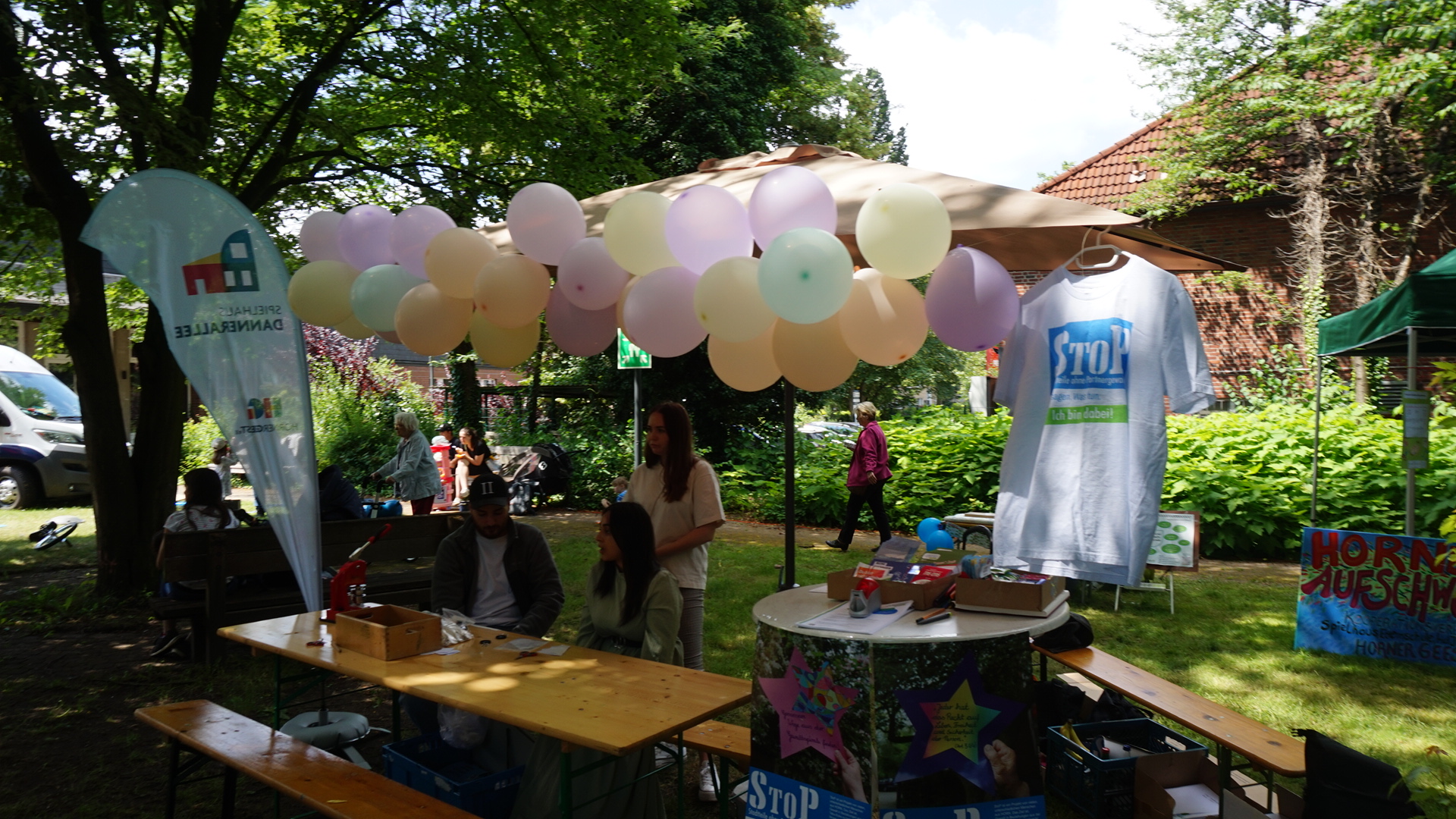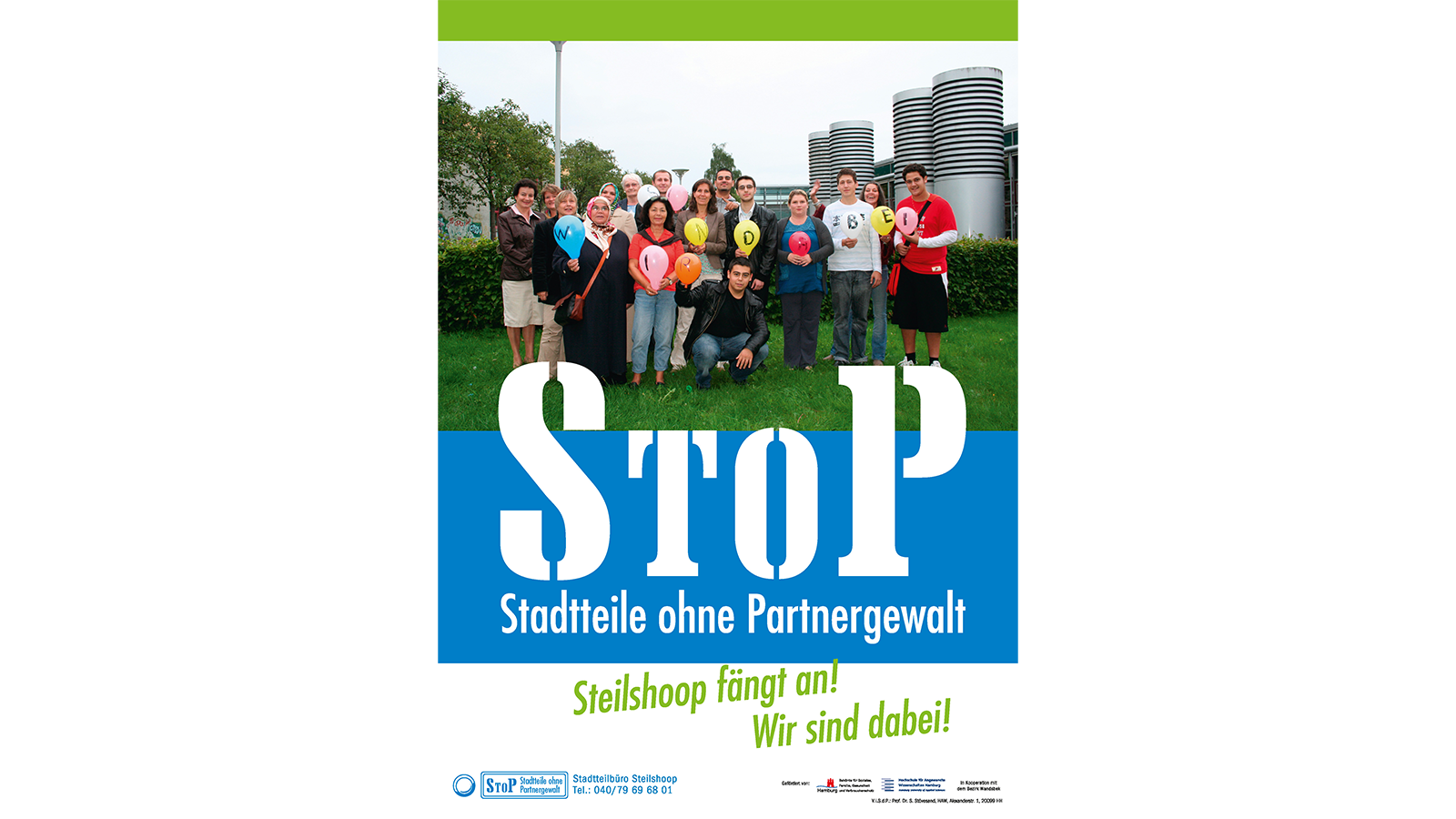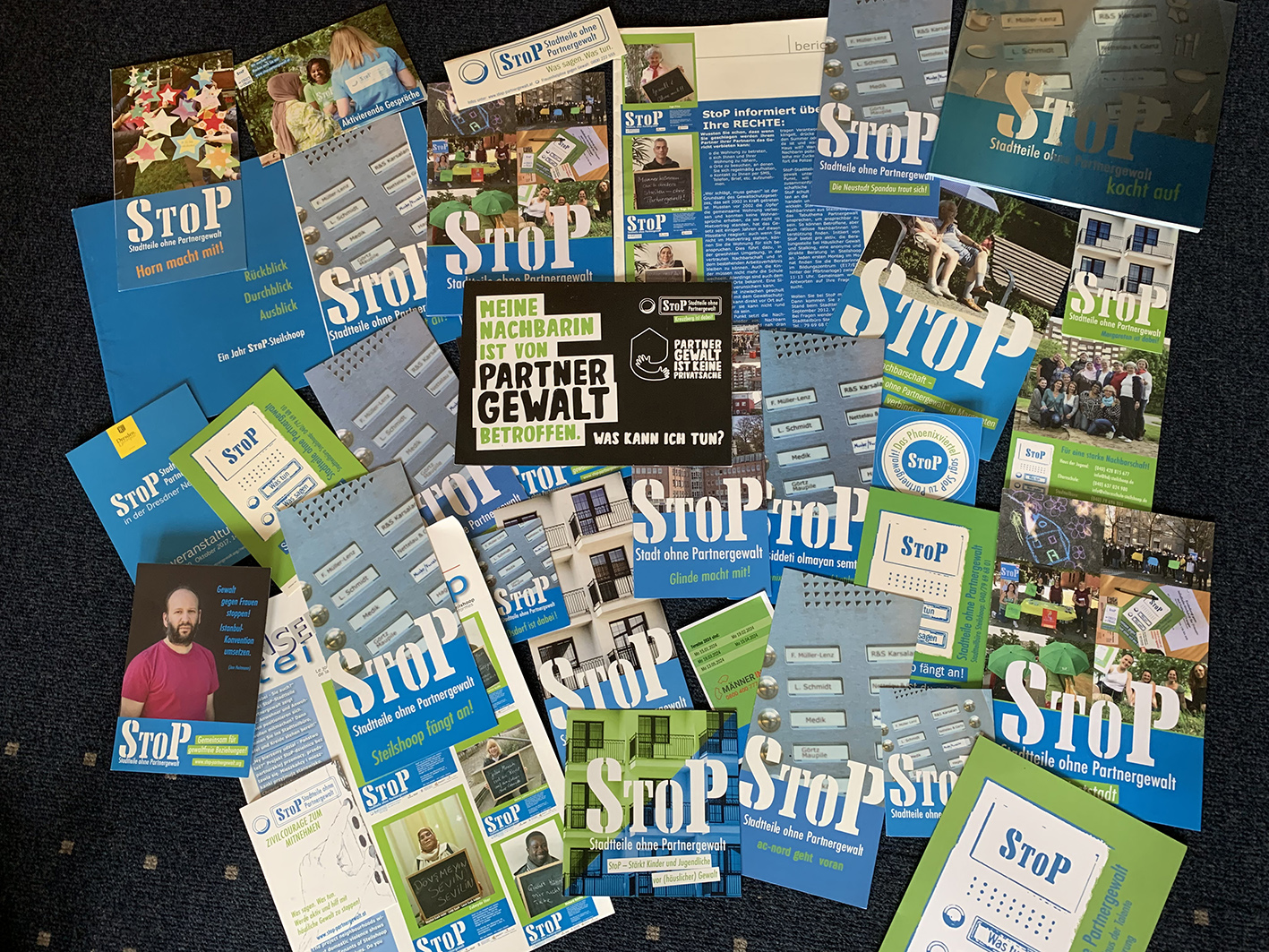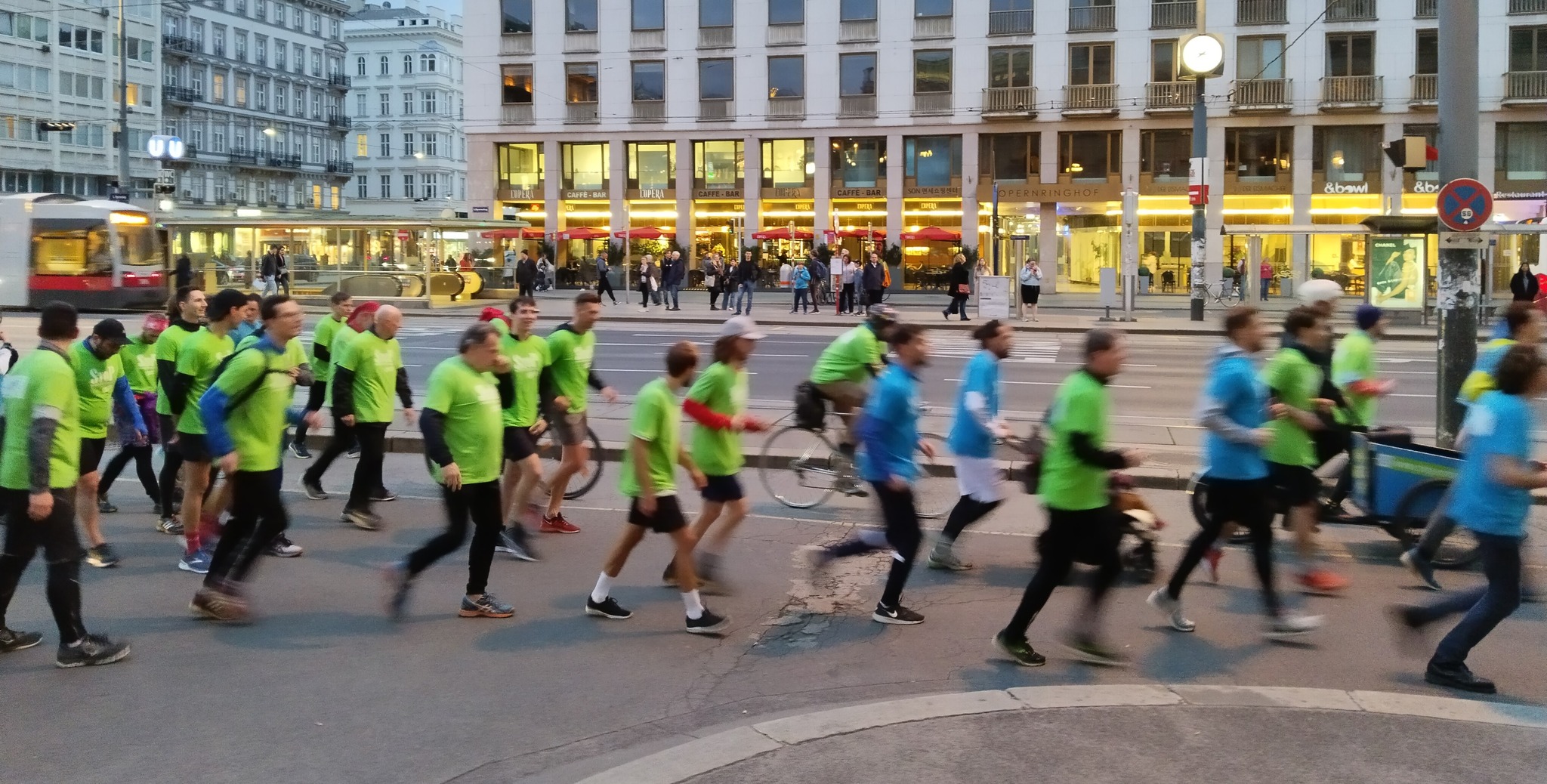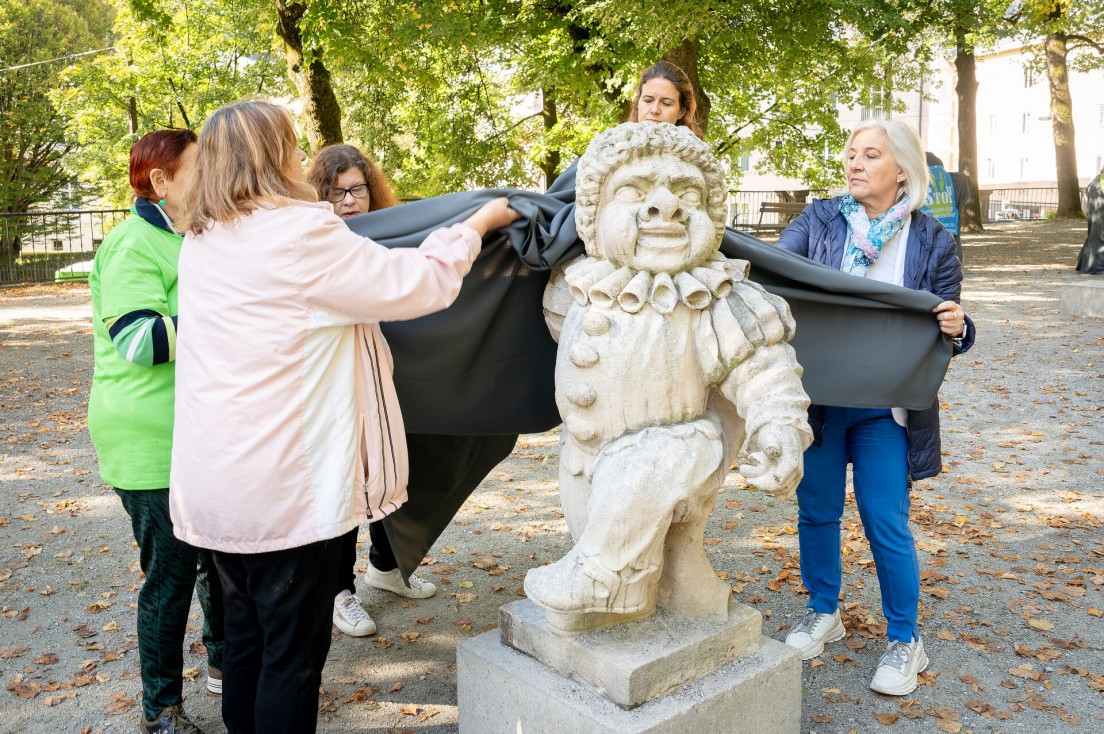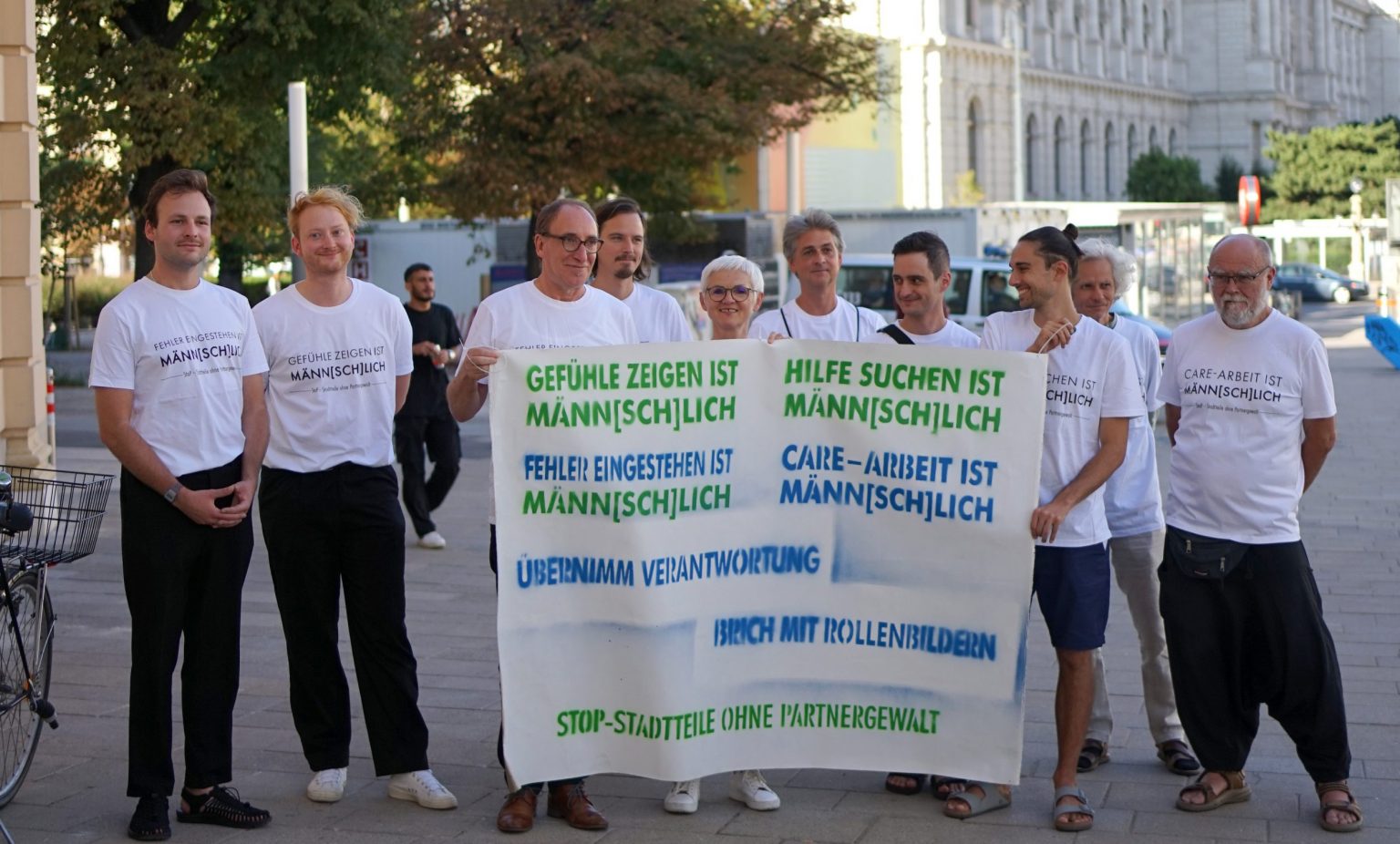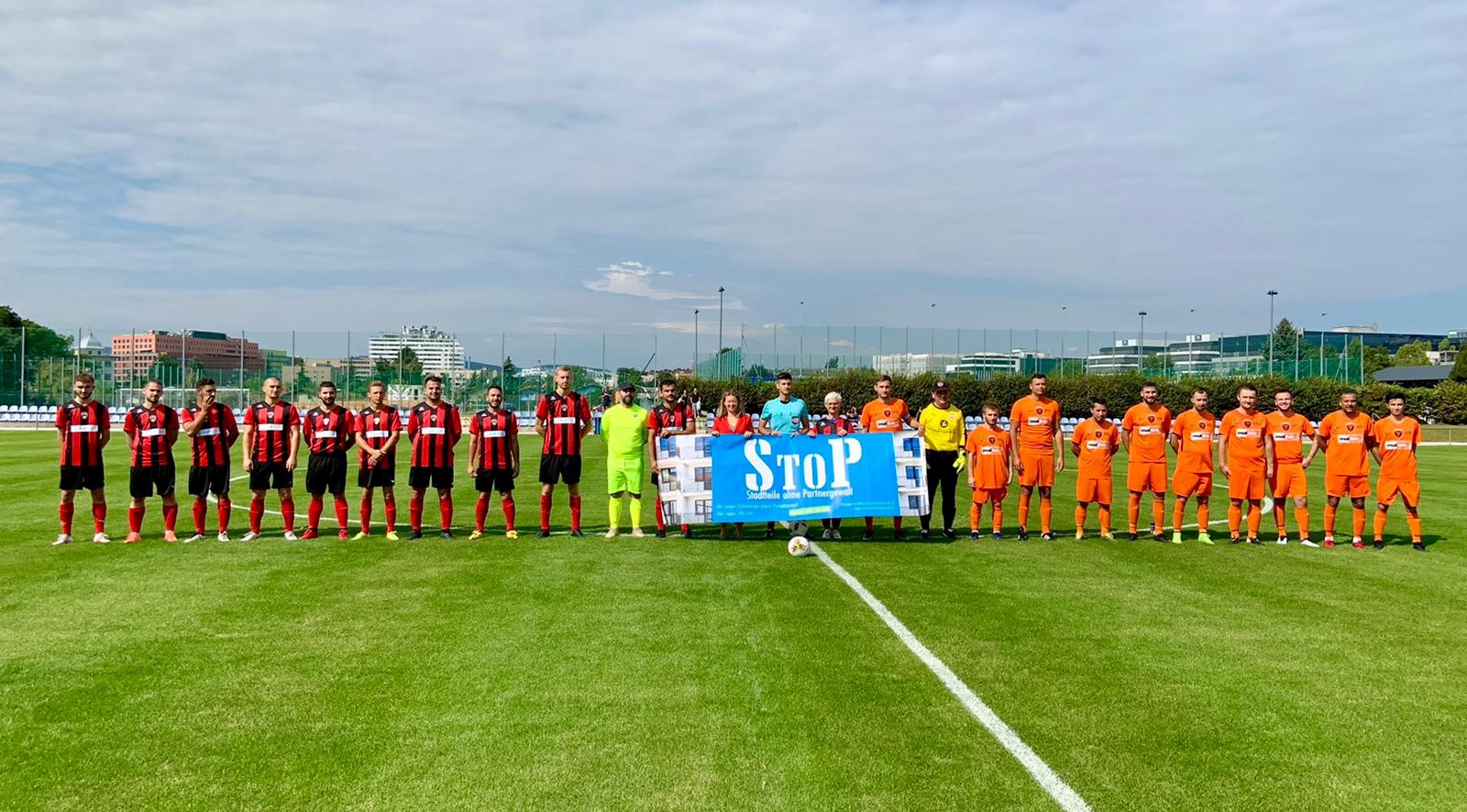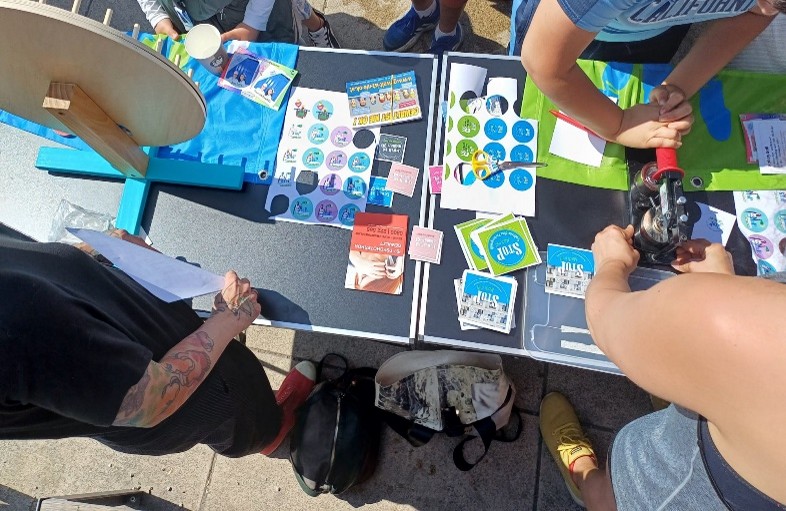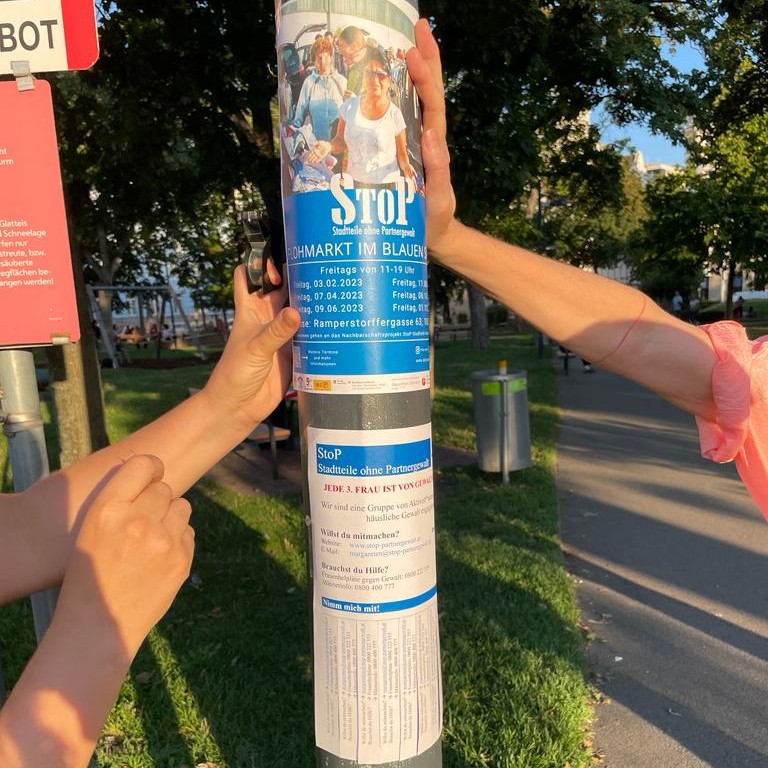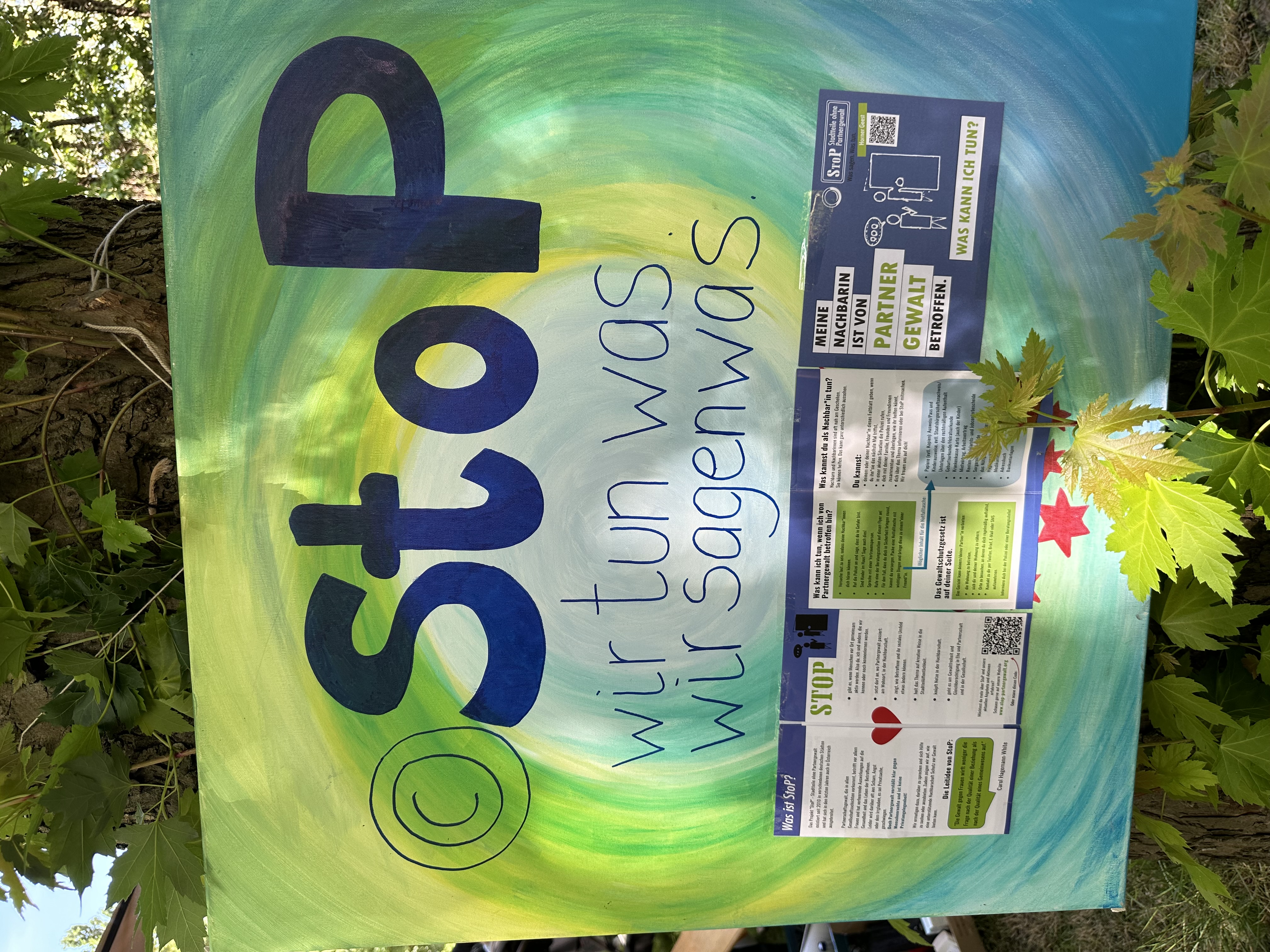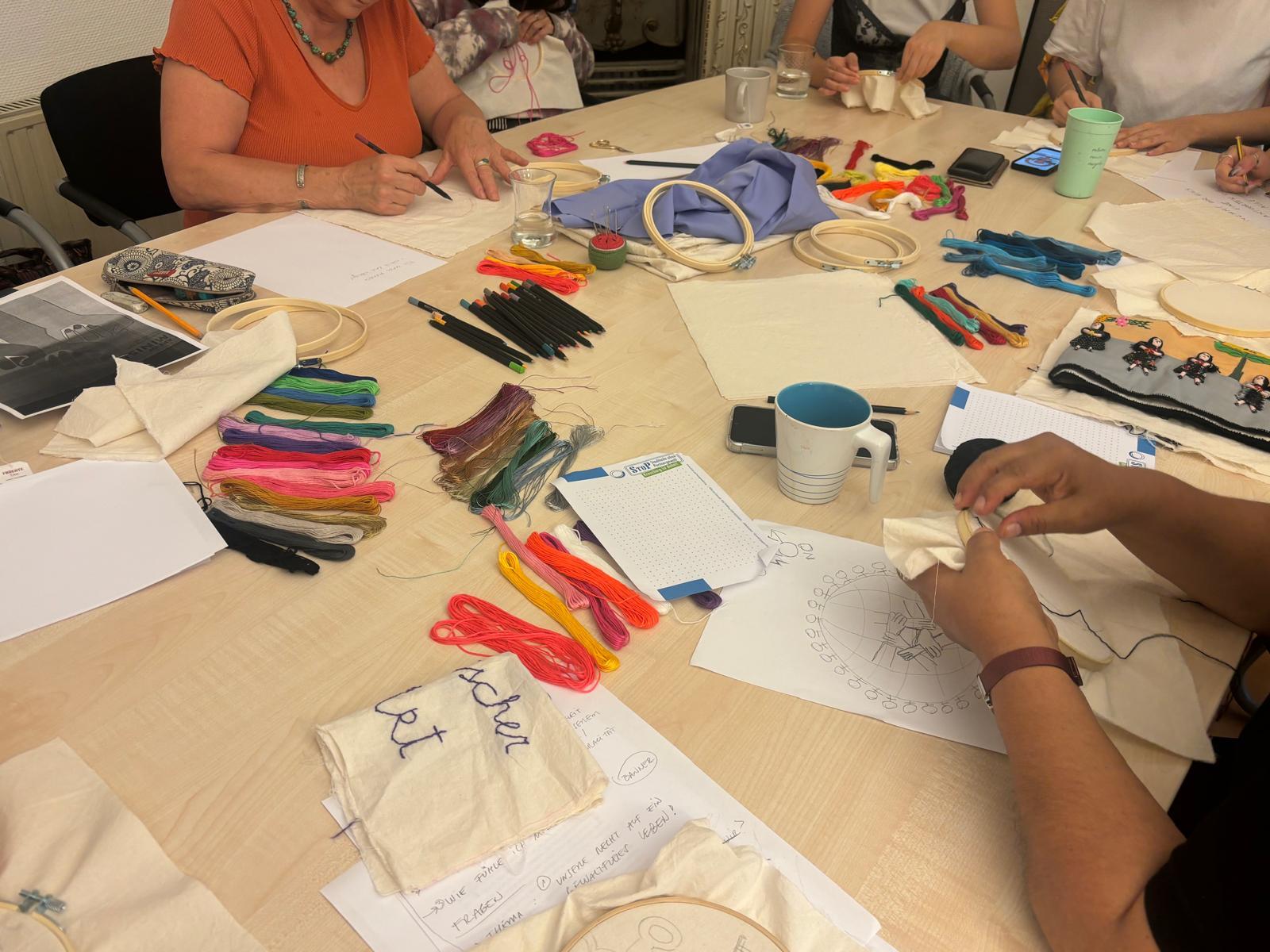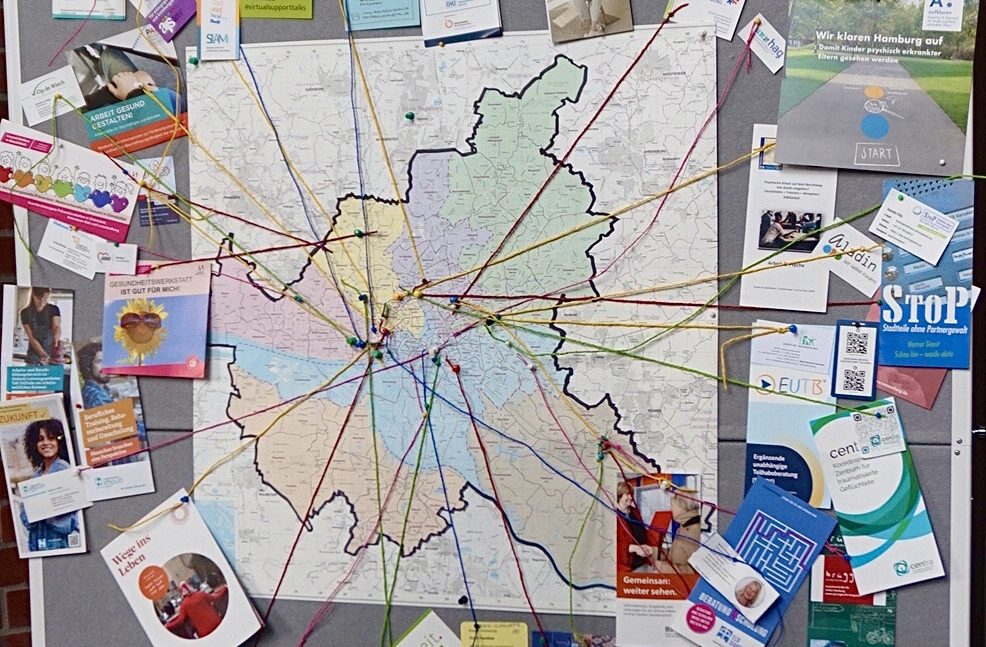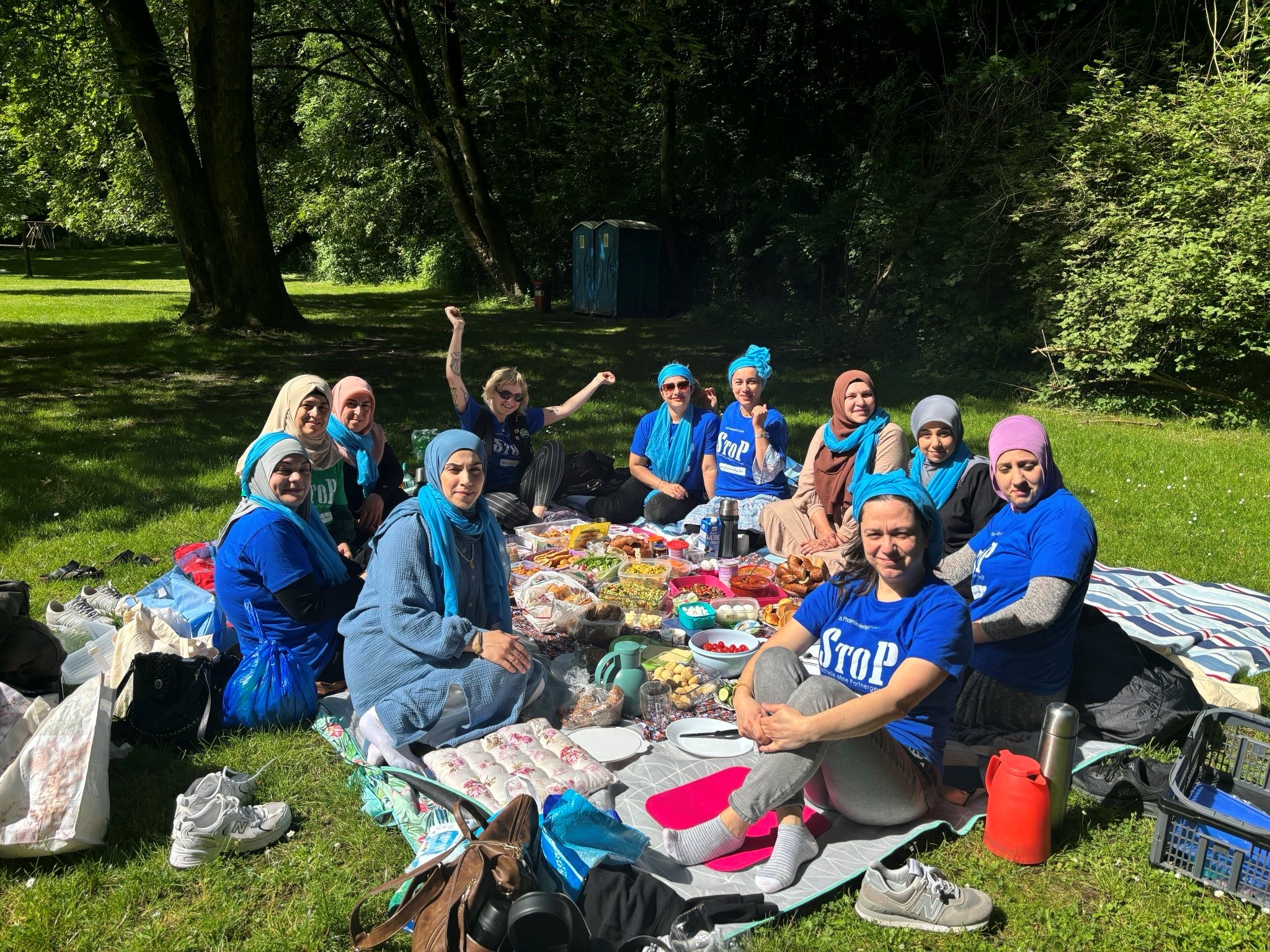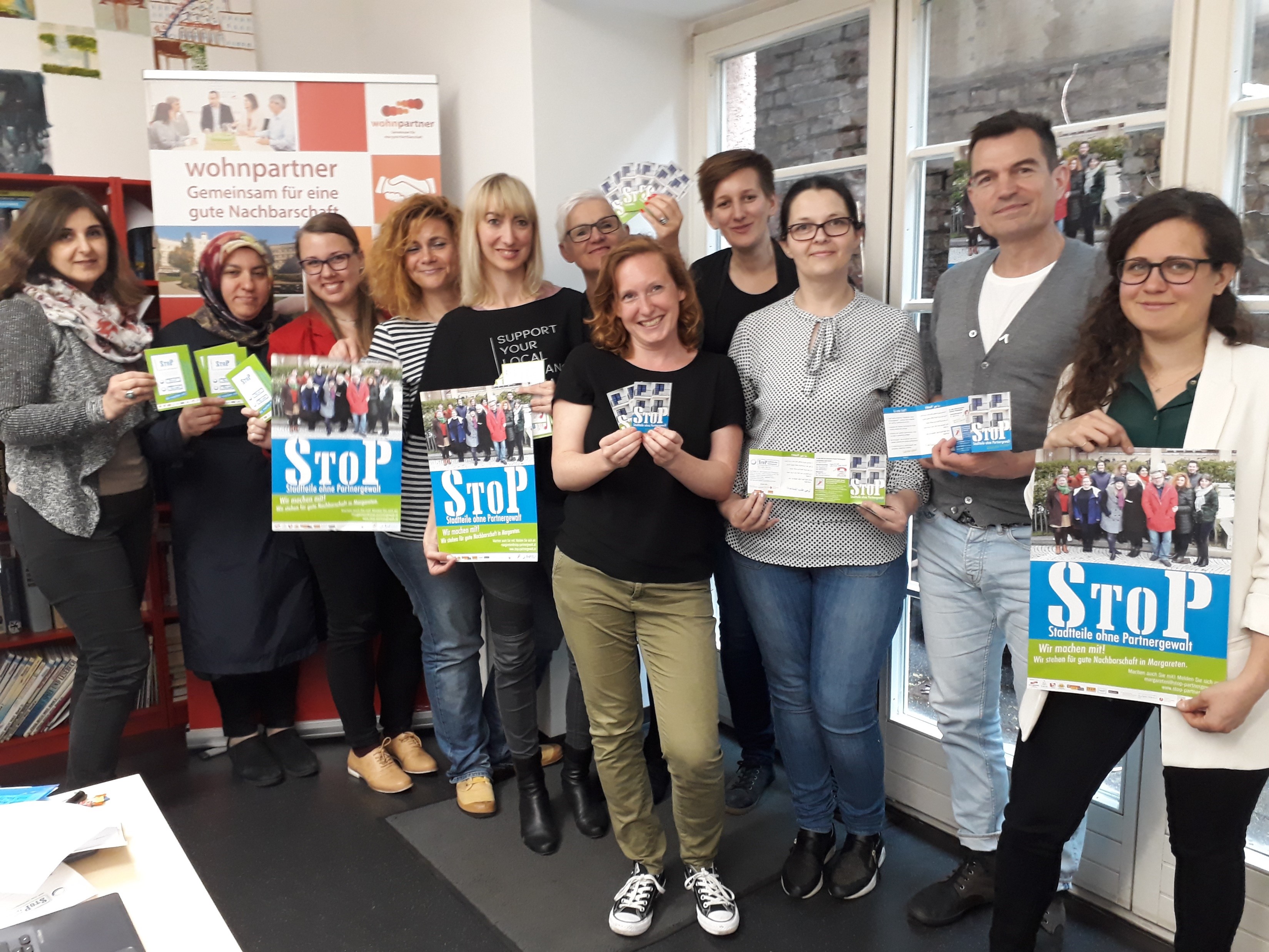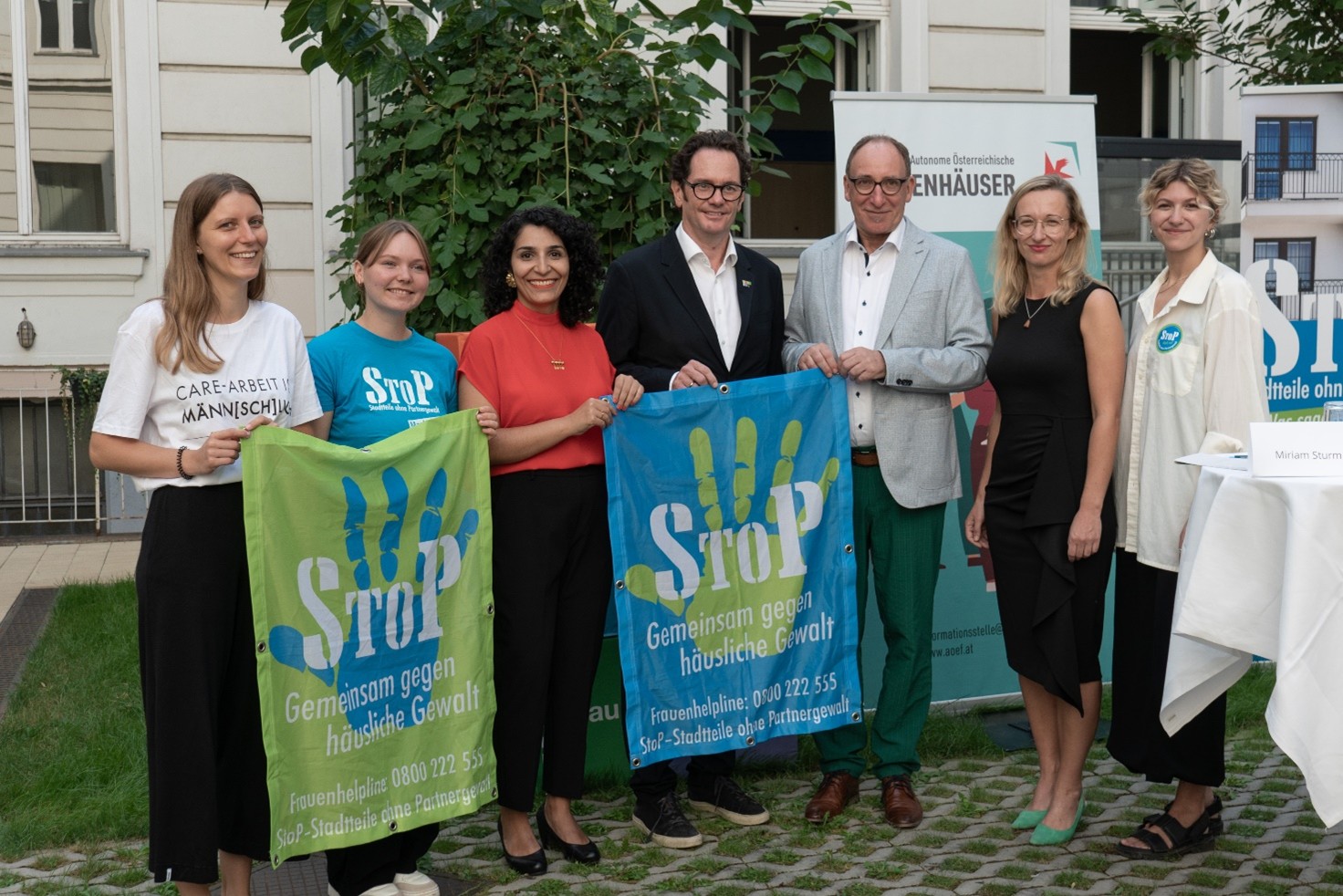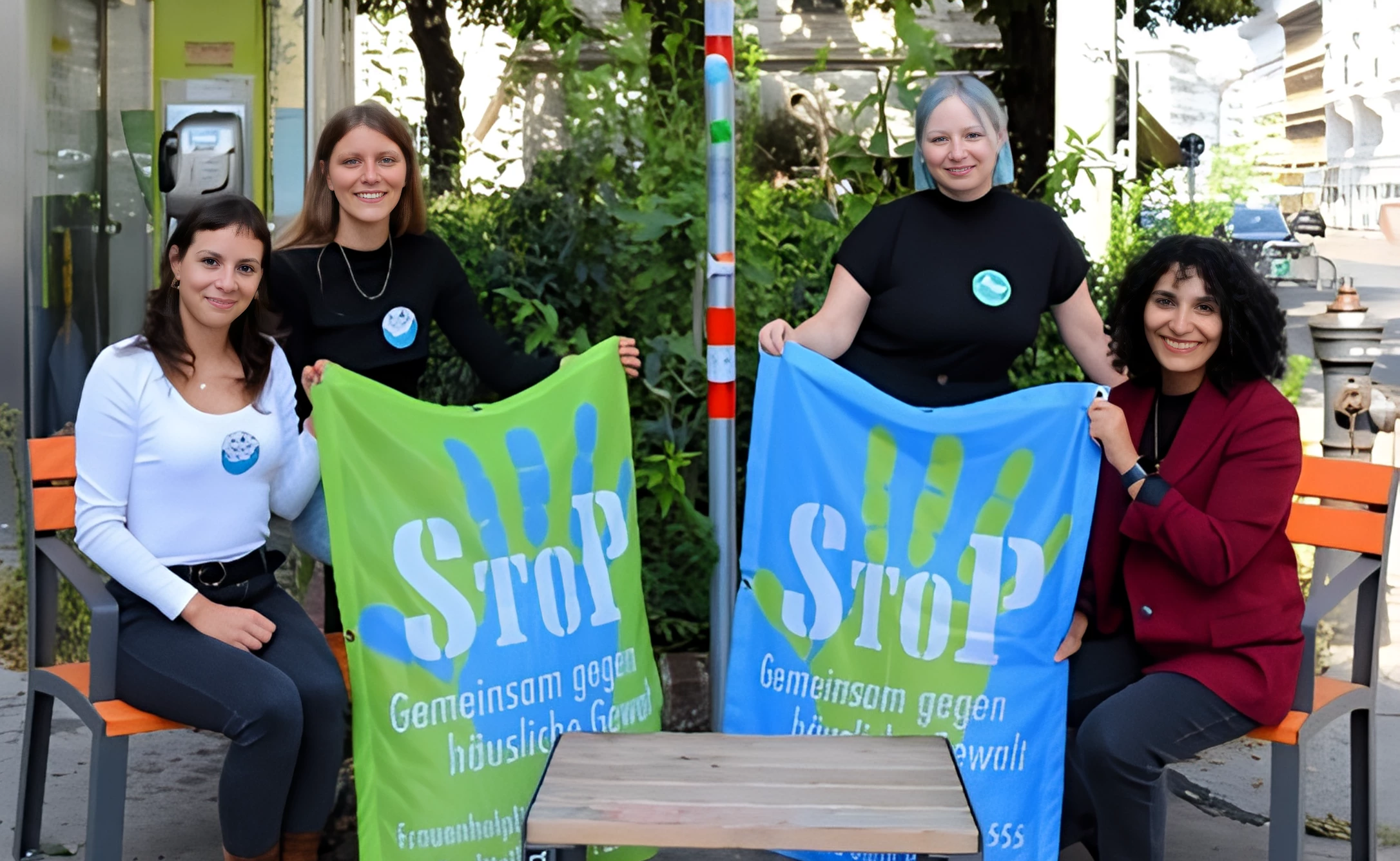Which steps should be taken at the beginning?
Which steps need how much effort?
What happens after the last step?
The eight steps of the StoP model were developed as part of scientific research, inspired by years of experience in working with survivors in women’s shelters and in community organizing. They form the binding, valid basis of StoP work. All these steps build on one another and are necessary to achieve sustainable change. The first three are the prerequisites for all the others. Sometimes you go back and forth between them, sometimes you work in parallel. Remember: Community organizing is a process; it takes time. It is like gardening – you have to prepare the soil very well before you can expect things to grow. Implementation will depend on the context, such as the size of the neighbourhood, (small) town or village, the quality of (pre-)existing social networks or the resources available to the project. The steps are described in more detail below. They are illustrated with examples, mainly from the StoP pilot project in Hamburg, Germany. Each step provides a selected tool as well as links to further practical information. StoP partners, organizers and trainees will find more tools within that section.
